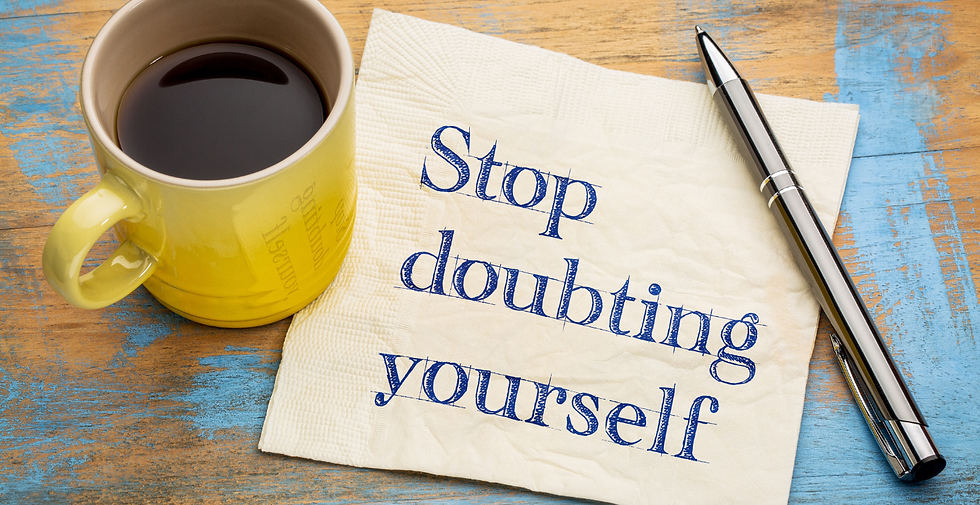What if you could bottle this feeling!
- Janet Wilson
- Oct 9
- 3 min read
Updated: Oct 13
Here is the great news - you can!
What is Anchoring and why is it so effective
Anchoring is just one of the many tools in my NLP toolkit – it’s a favourite one actually.
I first came across it many years ago in a book called It’s Not Just About the Ribbons. I’d bought the book just after buying my super cob, Pearl.
Pearl was a super leg-in-each-corner type and so sensible you could have put your granny on her. So why did I need a book on anchoring, you might be wondering?
To be honest, at the time I didn’t know where these nerves suddenly appeared from.
It was like one day I was super confident and the next a bag of nerves. I can recall being quite tearful one day when trying to mount, and my husband at the time saying, “What’s wrong with you? You’ve been riding 30 years!”
What the hell was wrong with me?
Looking back, I was probably going into what’s now widely known as perimenopause. Back then it just felt like I was losing the plot.
Just days after I got her, I was riding with a friend and was quite jittery. She said these exact words to me: “If you don’t get a grip, you’ll ruin this lovely horse you’ve spent all that money on.”
I had spent 6K on a cob, which 17 years ago was a lot of money. I’d bought her on the recommendation of another friend who said, “What price is your safety worth?” The horse was safe – so what was I going to do to sort me out?
This led me to that book.
What I didn’t know at the time, but do now, was that this was my first touchpoint with the wonderful, life-changing NLP.
In this book I learned to anchor. It took time – I was a doer and did the work.
The result was that I created a successful anchor which I used many times to pull up a state of calm, confident, capable rider.
I still have this calm, confident, relaxed anchor, which I fine-tune each morning as part of my yoga routine. I also have a second anchor created for me during my NLP training. This one is for powerful, can-do, inspiring and motivated.
I teach anchoring in both my one-to-one sessions and via video on my Rider Mindset Mastery Programme. It’s most effective learned this way, but as my story proves, you can learn it from reading what to do.
So here is my anchoring walkthrough.
Firstly, you need to choose the state you want to be able to call upon – that’s the beauty, you choose.
Once you’ve picked your state, you then choose how you’ll anchor it. I choose a forefinger and thumb pinch.
Then you basically take yourself back to that time, that place – it must be a specific time.
You go right into that moment, fully associating into it, so you’re in the moment, looking out of your own eyes.
You then see what you see, feel what you feel, and hear what you heard.
When you feel the state peak, you press your anchor. As the state ebbs away, you release.
Do this several times to anchor that feeling to that physical action. You can then test your anchor to see how it works.
The more you practise and develop this, the more effective it will be.
Then, in times of need, you simply fire your anchor to take your body into that state.
It’s a bit like hearing an old song that takes you back to a moment – that’s an auditory anchor.
There are many types, and when I work with a client, I’ll tailor anchoring to their type of learning.
We’re all different – more about learning types in my blog on this subject.

Here is what Sarah said about that moment - "the little dude was on fire and scored 69.9% to finish 8th. He even got 8s for some movements! When the stewards told me our score I burst into tears"



